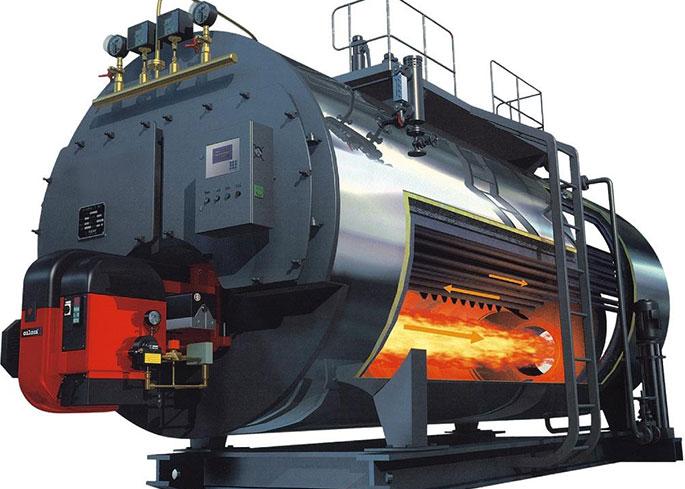Lord Fin Tube--How many types of power plant boiler?
2015-10-08Leave a message
The classification of power plant boilers is a comprehensive system that takes into account various factors related to their design, function, and application. Here is an expanded explanation of the mentioned types:
1. Classified of power plant boilers by Flue Gas Flow:
- Water-Tube Boiler: In this type, water flows through tubes while hot gases surround them.
- Shell Boiler (Fire Tube Boiler): Hot gases pass through tubes, and water surrounds them.
- Combined Fire Tube Boiler: Combines elements of both water-tube and fire-tube designs for enhanced efficiency.
2. Classified of power plant boilers by Drum Placement:
- Vertical Boilers: Boilers with a vertical orientation of the drum.
- Horizontal Boiler: Boilers with a horizontal orientation of the drum.
3. Classified of power plant boilers by Zoning:
- Life Boilers: Used for residential heating and hot water.
- Industrial Boilers: Designed for industrial processes and applications.
- Utility Boilers: Provide steam or hot water for power generation and utility purposes.
4. Classified of power plant boilers by Media Stars:
- Steam Boilers: Produce steam for various applications.
- Hot Water Boilers: Supply hot water for heating or industrial processes.
- Soft Drinks Dual Boiler: Specifically designed for soft drink manufacturing processes.
- Organic Heat Carrier Boiler: Utilizes organic heat carriers for heat transfer.
5. Classified of power plant boilers by Installation Point:
- Quick Boiler: Rapidly installed and commissioned.
- Boiler Assembly: Assembled on-site from pre-fabricated components.
- Boiler Bulk: Fabricated and installed as a complete unit.
6. Classified of power plant boilers by Fuels:
- Coal-Fired Boiler: Uses coal as the primary fuel source.
- Oil-Fired Boiler: Relies on oil for combustion.
- Gas Boilers: Utilize natural gas or propane for fuel.
- Waste Heat Boilers: Capture and use waste heat from other processes.
- Electric Heating Boilers: Rely on electricity for heating.
- Biomass Boilers: Burn biomass materials for energy.
7. Classified of power plant boilers by Water Cycle:
- Natural Circulation: Relies on natural convection currents for water circulation.
- Forced Circulation: Uses pumps to force water through the system.
- Combined Cycle: Integrates both natural and forced circulation.
8. Classified of power plant boilers by Pressure Point:
- Pressure Boilers: Operate at standard pressure.
- Low-Pressure Boilers: Operate at lower pressures.
- Medium-Pressure Boiler: Operate at intermediate pressures.
- High-Pressure Boiler: Operate at high pressures.
9. Classified of power plant boilers by Number of Boilers:
- Single Drum Boiler: Has a single steam-generating drum.
- Double Drum Boilers: Feature two steam-generating drums.
10. Classified of power plant boilers by Combustion Location:
- Internal Combustion Boiler: The combustion process occurs within the boiler.
- External Combustion Boilers: The combustion process takes place outside the boiler.
11. Classified of power plant boilers by Working Fluid Flow:
- Natural Circulation Boiler: Relies on natural convection currents for fluid circulation.
- Forced Circulation Boilers: Uses mechanical means such as pumps for fluid circulation.
- DC Boilers: Utilize a direct current (DC) flow system for the working fluid.
12. Classified of power plant boilers by Manufacturer Level Classification:
- A Grade to E Class: A classification based on the manufacturing standards and quality of the boiler, with A being the highest and E being the lowest.
This comprehensive classification system reflects the diversity and versatility of power plant boilers in meeting various industrial, residential, and utility needs.


